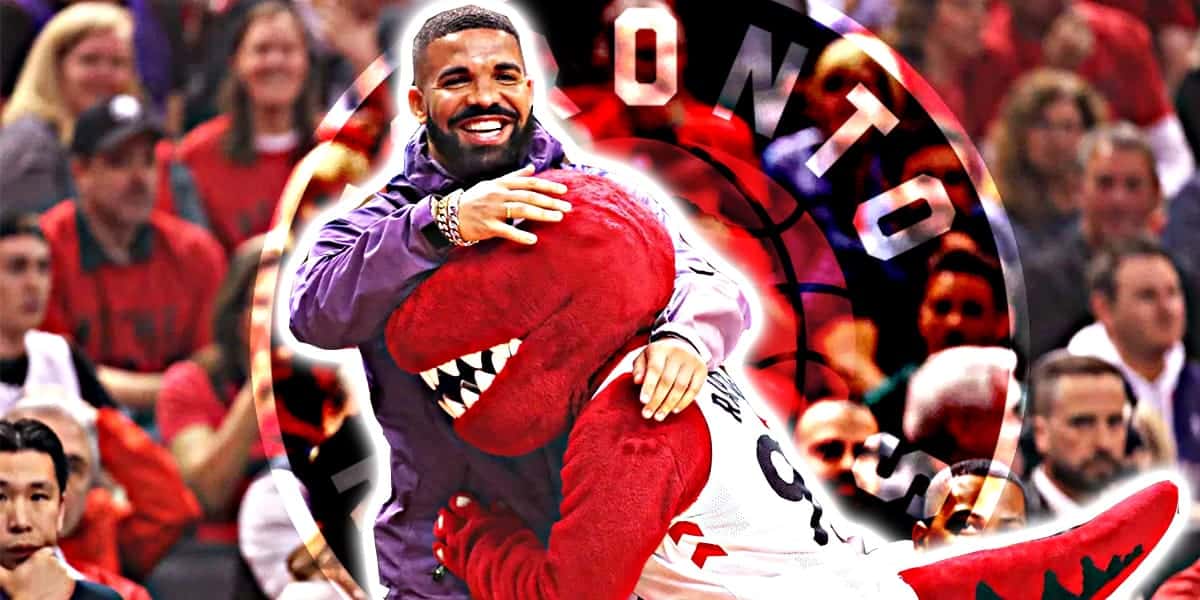
How did Toronto get an NBA team?
The Toronto Raptors are the only team outside of the United States that plays in the NBA. So how did Toronto get an NBA team? The Toronto Huskies were one of the teams that participated in the inaugural NBA season but shortly after they were done.
Bringing NBA basketball back to Toronto, where the long-forgotten Huskies had tipped off the first-ever NBA game against the New York Knickerbockers in 1946, had been a long process. The Toronto franchise folded at the end of the 1946-47 season, however, and the NBA wouldn’t return to Canada for nearly 50 years.
The current franchise traces its roots back to April 1993, when the NBA announced that it had received a formal application from Professional Basketball Franchise Canada Inc. (PBF).
The ambitious group’s president was Bitove, the son of a leading Canadian food services family and president of Bitove Investments Inc. His father, John Bitove Sr., had approached the NBA about a franchise in Toronto during previous expansions. The PBF group also included Allan Slaight of Standard Broadcasting Limited; Borden Osmak, a vice president of The Bank of Nova Scotia; Phil Granovsky of Atlantic Packaging Limited; and David Peterson, former Premier of the Province of Ontario, who served as chairman.
Originally, Bitove and Slaight were each to own 44 percent of the franchise, with the bank holding a 10-percent stake and Granovsky and Peterson 1 percent each.
The ownership group later cut in former Detroit Pistons star Isiah Thomas, who received a 5-percent share from both Bitove and Slaight. Thomas later became a club vice president and the architect of the Raptors’ roster.
In July 1993 an NBA expansion committee, headed by Phoenix Suns owner Jerry Colangelo, came to Toronto to meet with the bid groups, examine their plans, and visit their proposed arena sites. The PBF contingent made an immediate impact, based upon its criteria for a downtown arena.
In the end, it was the arena plan that led the NBA expansion committee to recommend on September 30, 1993, that PBF be conditionally awarded a franchise for the 1995-96 season to become the 28th team in the league. The NBA Board of Governors endorsed that decision on November 4 and set a record expansion fee of $125 million, about four times the amount levied for the previous expansion in the late 80s. It was agreed that Toronto would play its first two seasons in the SkyDome while its own building was being completed.
After meeting all of these conditions, PBF could finally get down to the business of creating a team identity. It instituted a nationwide “Name Game” contest to name the team and develop team colors and a logo.
The Name Game became one of the most popular such enterprises in league history, generating more than 2,000 entries. The final top-10 list was dominated by animal names: Beavers, Bobcats, Dragons, Grizzlies, Hogs, Raptors, Scorpions, T-Rex, Tarantulas, and Terriers.
On May 15, 1994, the PBF finally had an identity. No doubt fueled by the enormous success of the movie Jurassic Park and the popularity of dinosaurs with youngsters who would grow up to be fans in the target market, the team’s new moniker, the Toronto Raptors, was unveiled on Canadian national television.
More than $20 million in Raptors gear was snapped up in the first month. By the end of 1994 the logo was hot in the marketplace, and the Raptors, still a long way from their first game, were seventh in the league in merchandise sales.
Shortly after their name was announced, the Raptors made several additions to their management team. On May 24, 1994, Isiah Thomas burst through a large paper Raptors logo to be introduced as the team’s vice president of basketball operations.
The Raptors officially became an NBA franchise on May 16, 1995, and the work of building the team began. Toronto held its first free-agent camp at Seneca College, under Brendan Malone, a longtime assistant with the Pistons and well-known to Thomas.
Five days after the camp closed, Thomas introduced Malone as the team’s first head coach. Thomas wanted someone who was not only a teacher but also had the maturity to deal with what would inevitably be a number of losing seasons.
The NBA held a coin flip between the Raptors and the other expansion team from Canada, Vancouver Grizzlies to determine the order of selection in both the expansion draft and the NBA draft. The Grizzlies won the flip, electing to pick sixth in the college draft as Toronto would pick seventh, and give Toronto the first pick in the expansion draft.
Prior to the expansion draft, Toronto had signed its first player by agreeing on contract terms with Vincenzo Esposito, an all-star forward from the Italian League.
The 1995 NBA Expansion Draft was held on June 24, 1995. Toronto’s first pick was veteran Chicago Bulls guard B. J. Armstrong.
Thomas filled out the Toronto roster with a combination of veterans and youngsters. He acquired proven players in the Portland Trail Blazers’ Jerome Kersey, the San Antonio Spurs’ Willie Anderson, the Milwaukee Bucks’ Ed Pinckney, and the Miami Heat’s John Salley. He also picked promising young players such as Dantonio Wingfield from the Seattle SuperSonics, B. J. Tyler from the Philadelphia 76ers, Keith Jennings from the Golden State Warriors, Oliver Miller from the Detroit Pistons, and Tony Massenburg from the Los Angeles Clippers. Others selected included Andres Guibert from the Minnesota Timberwolves, Doug Smith from the Dallas Mavericks, Zan Tabak from the Houston Rockets, and Acie Earl from the Boston Celtics.
In the 1995 NBA Draft held at SkyDome in Toronto, the Raptors’ first-ever draft pick, seventh overall, was 5-10 point guard Damon Stoudamire from Arizona.
The Raptors finished in last place in their division in each of their first three seasons in the league.
Toronto acquired its first superstar, guard-forward Vince Carter, in a 1998 draft-day trade. A five-time All-Star for Toronto, Carter helped the franchise reach its first playoff berth, during the 1999–2000 season. In 2000–01 the Raptors again qualified for the postseason and advanced to the conference semifinals, a dramatic seven-game loss to the eventual conference champion, the Philadelphia 76ers. After a winning campaign that ended in a first-round postseason elimination in 2001–02, Toronto entered into a four-year stretch of losing seasons, which was marked by the trade of Carter in 2004.
The Raptors returned to the postseason in 2006–07, with a team featuring standout power-forward Chris Bosh, but were knocked out in the opening round of the playoffs in both that season and the following, and the franchise subsequently failed to post winning records. In 2010 Bosh left for Miami in free agency, prolonging the rebuilding process.
The 2013–14 season saw the team stage a stunning turnaround as it rebounded from a last-place divisional finish the previous season to win the second division title in team history.
The Raptors won another division crown in 2014–15, but the team was swept out of the postseason in its opening-round series.
In 2015–16 Toronto, led by All-Star guards Kyle Lowry and DeMar DeRozan, won 56 games and advanced to the Eastern Conference finals for the first time in team history, where the Raptors were eliminated by the Cleveland Cavaliers.
The Raptors earned a franchise-record fourth straight playoff appearance in 2016–17 but were swept by the Cavaliers in the teams’ second-round postseason series.
In 2017–18 the Raptors set a team record with 59 victories and had the best record in the Eastern Conference for the first time in franchise history. Despite Toronto’s stellar regular-season performance, the team once again faltered against the Cavaliers in the playoffs, losing all four games of the teams’ second-round series.
Searching for a way to finally breakthrough in the following off-season, the Raptors traded franchise icon DeRozan to the San Antonio Spurs in a deal that brought versatile wing Kawhi Leonard in return.
The trade was considered risky since Leonard had only one year remaining on his contract and had feuded with the Spurs for the better part of the previous year. However, Leonard was an ideal addition to the Raptors both on and off the court, as he teamed with Lowry seamlessly and led Toronto to the first conference championship in franchise history in 2018–19. Toronto then stunned the heavily favored two-time defending NBA champion Golden State Warriors in the finals, winning a hard-fought six-game series to capture the Raptors’ first championship.

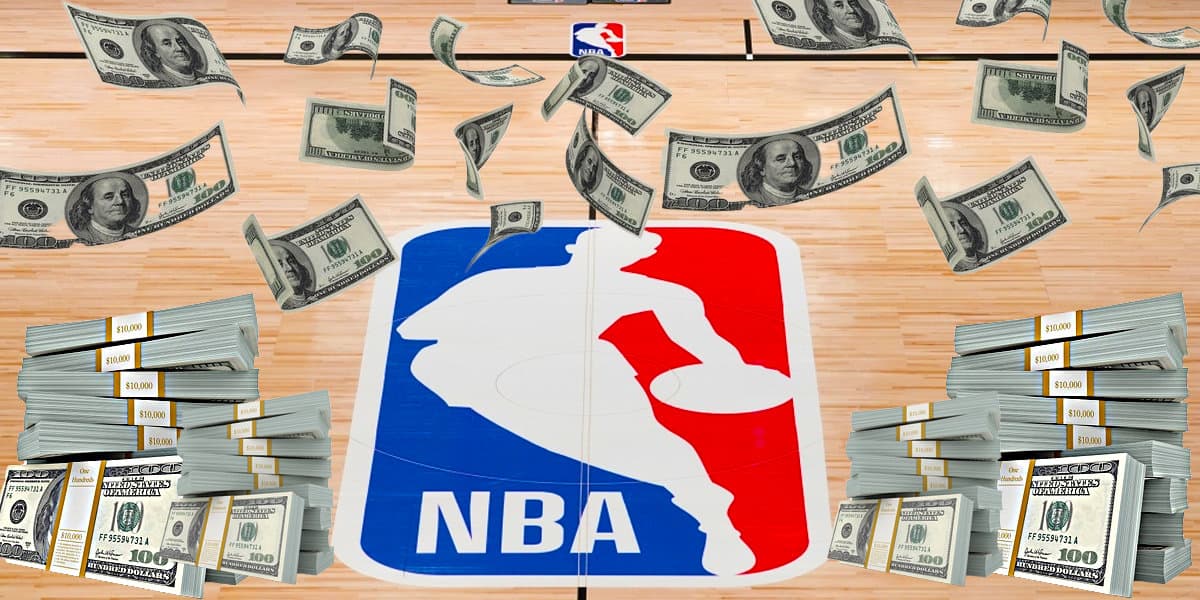
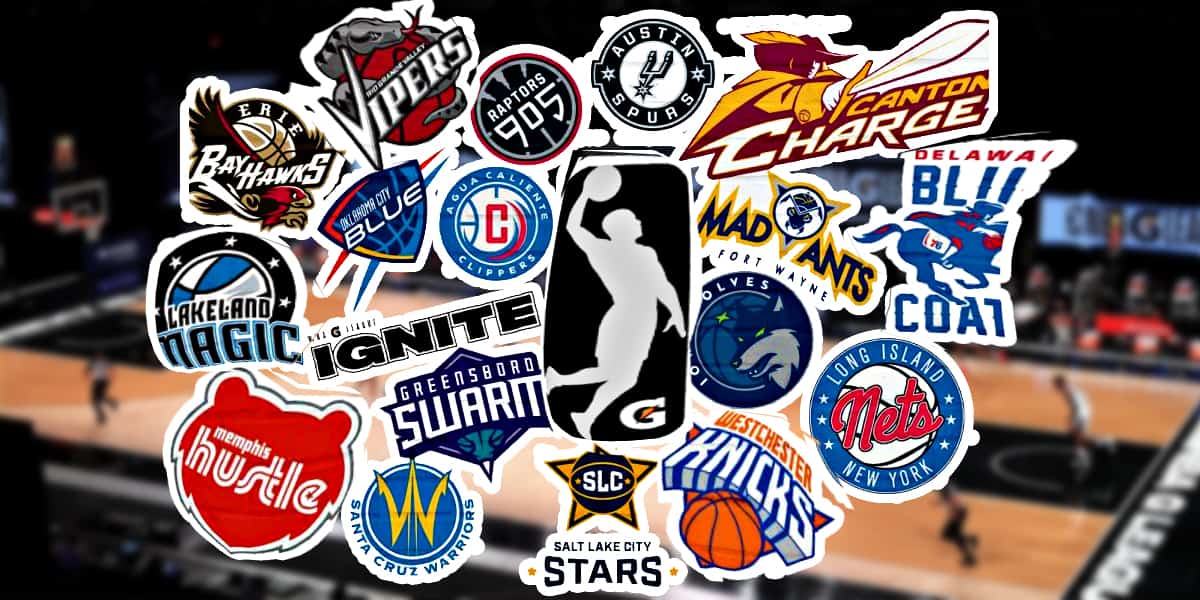
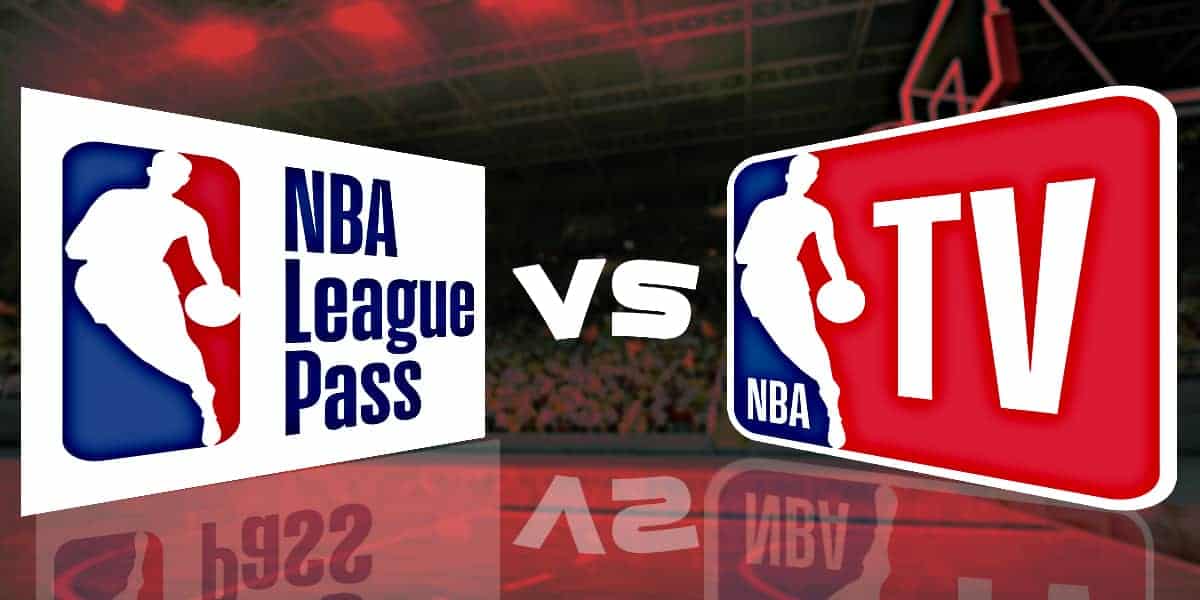
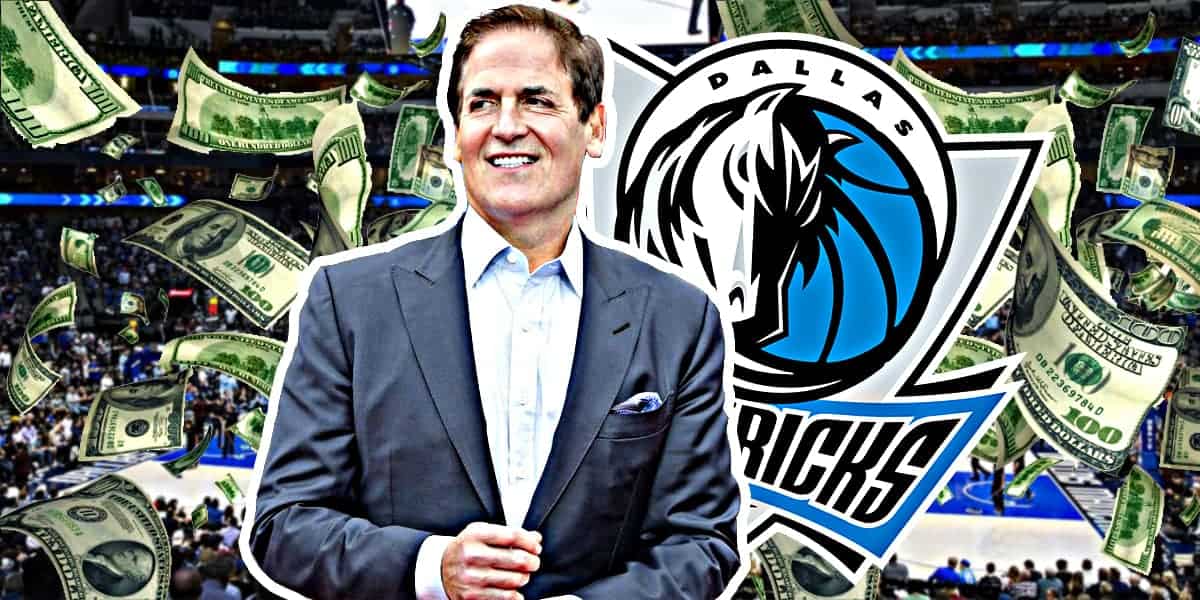

19 COMMENTS